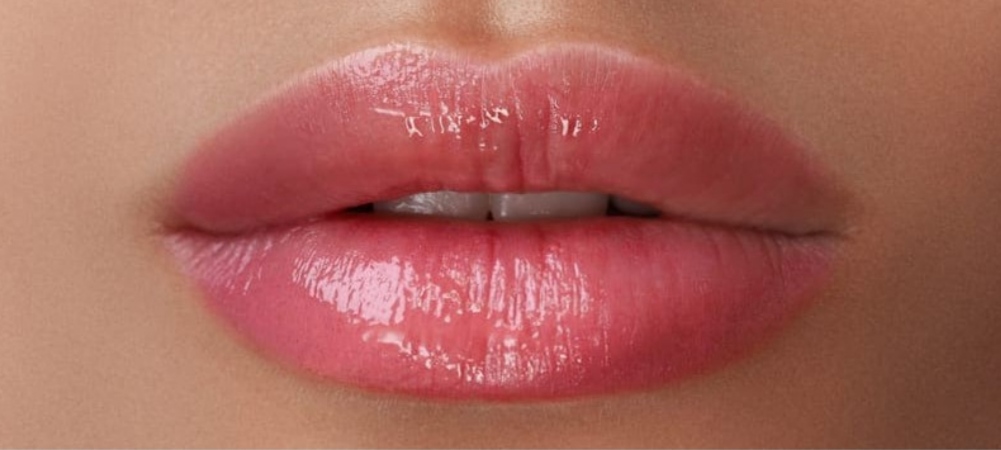Botox injections in the lips
Botox injections in the lips have become a popular cosmetic procedure for rejuvenation. This modern technique offers aesthetic enhancement, enhancing femininity and allure.
 Advantages of Botox therapy over hyaluronic injections include its ability to reduce neuromuscular synapse and delay new wrinkle formation. While effectively smoothing existing wrinkles, it promotes muscle relaxation, reducing articulatory activity and the emergence of new lines.
Advantages of Botox therapy over hyaluronic injections include its ability to reduce neuromuscular synapse and delay new wrinkle formation. While effectively smoothing existing wrinkles, it promotes muscle relaxation, reducing articulatory activity and the emergence of new lines.
Indications for Botox injections in the lip area encompass various concerns, including:
- corner lowering,
- deformations,
- asymmetry,
- marionette lines,
- and uneven contours.
Pros of Botox injections:
- A non-invasive alternative to plastic surgery.
- Minimal recovery time, allowing immediate resumption of regular activities post-treatment.
- Versatile applications, including hyperhidrosis treatment, neurological conditions, and strabismus.
- Proven safety and rejuvenating effects by stimulating elastin and collagen production.
Cons:
- A sensation of pain during injections (ameliorated with local anesthesia).
- Inability to address dry skin-induced or innate wrinkles.
- Limited efficacy on deep wrinkles, primarily smoothing rather than eliminating them.
- Temporary results.
- Projected outcomes of Botox injections include muscle relaxation, pain alleviation, volume change, lip corner lift, reduction of skin tension and wrinkles, and shape correction.
Receiving Botox injections in the lip area necessitates careful consideration of contraindications, such as:
- substance dependence,
- neoplasms,
- blood disorders,
- acute somatic conditions,
- diabetes,
- muscle fatigue,
- infectious diseases,
- visual impairments,
- and mental health conditions.
Pre-procedural assessment ensures patient suitability and minimizes risks.
Preparation for Botox injections involves lifestyle adjustments, including dietary modifications, stress management, and medication review. On the treatment day, meticulous skin preparation, marking, and injection techniques are crucial to ensure safety and efficacy.Possible complications include:
- hematoma,
- swelling,
- sensory disturbances,
- excessive drooling,
- and speech defects, which typically resolve within a week post-procedure.
